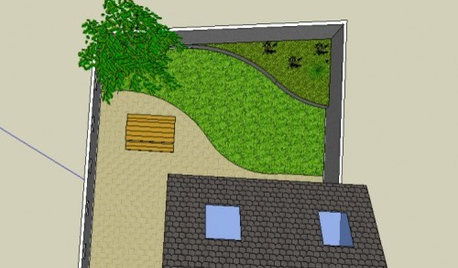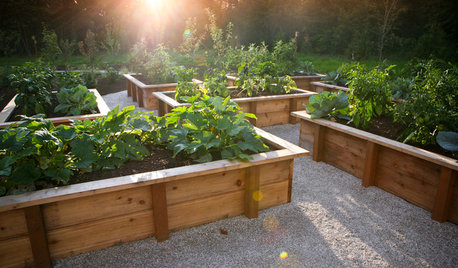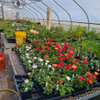raised bed question
jclepine
16 years ago
Related Stories

GARDENING AND LANDSCAPINGBuild a Raised Bed to Elevate Your Garden
A bounty of homegrown vegetables is easier than you think with a DIY raised garden bed to house just the right mix of soils
Full Story
FARM YOUR YARDHow to Build a Raised Bed for Your Veggies and Plants
Whether you’re farming your parking strip or beautifying your backyard, a planting box you make yourself can come in mighty handy
Full Story
DOORS5 Questions to Ask Before Installing a Barn Door
Find out whether that barn door you love is the right solution for your space
Full Story
FEEL-GOOD HOMEThe Question That Can Make You Love Your Home More
Change your relationship with your house for the better by focusing on the answer to something designers often ask
Full Story

BARN HOMES12 Bar-Raising Barns
Homeowners make hay out of renovated, reclaimed and newly raised outbuildings
Full Story
WINDOW TREATMENTSRoller Shades Raise the Curtain on Style
The humble window treatment is stealing the scene with fresh patterns, color and pizzazz
Full Story
GARDENING GUIDES8 Materials for Raised Garden Beds
Get the dirt on classic and new options for raised vegetable and plant beds, to get the most from your year-round garden
Full Story
GARDENING AND LANDSCAPINGRaised Beds Lift Any Garden
From good old-fashioned wood garden boxes to modern metal troughs, raised beds can make any landscape space look great
Full Story
SPRING GARDENINGInspiring Raised Beds for Fall and Spring Planting
Make Your Next Vegetable Garden Even Better with Beautiful Boxes and Paths
Full Story




michelle_co
digit
Related Discussions
Making Raised Beds Questions! Newspaper to keep weeds out?
Q
Boxwood and Raised Bed Questions
Q
Raised bed question
Q
Raised bed question
Q
jclepineOriginal Author
digit
Skybird - z5, Denver, Colorado
michelle_co
cyclewest
michelle_co
david52 Zone 6
cyclewest
david52 Zone 6
jclepineOriginal Author
david52 Zone 6
Skybird - z5, Denver, Colorado
stevation
jclepineOriginal Author
Skybird - z5, Denver, Colorado
bpgreen
cyclewest
cnetter
jclepineOriginal Author
digit
Skybird - z5, Denver, Colorado